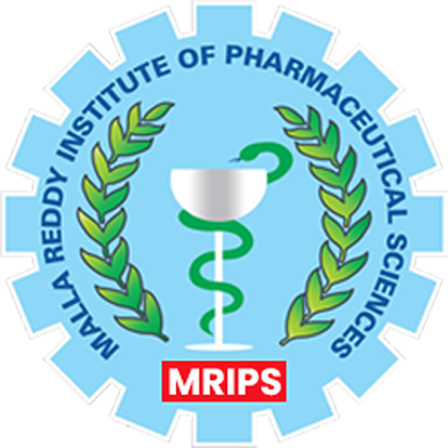Skill Development Index
Purpose:
To comprehensively assess the breadth, quality, and impact of skill development opportunities provided by an educational institution or program. The SDI aims to measure how well the institution equips students with industry-relevant, practical, and soft skills that enhance employability, professional licensure success, and lifelong learning.
Core Components & Metrics
Objective: Foster partnerships that provide students with exposure to real-world settings and industry best practices.
Metrics:
- Number of active MoUs/partnerships with pharmaceutical companies, hospitals, CROs, regulatory bodies, etc.
- Percentage of students completing internships or industrial training during the course.
- Quality of internship experience based on student and industry feedback (surveys, exit interviews).
- Frequency of industry-led training sessions, guest lectures, and hands-on modules.
Benchmark Use:
Top-tier institutions often have ≥80% of students placed in structured internships before graduation.
Objective: Equip students with cutting-edge knowledge and credentials in high-demand domains.
Key Areas:
- Artificial Intelligence & Machine Learning in Healthcare
- Regulatory Affairs
- Pharmacovigilance & Drug Safety
- Digital Health & Telemedicine
- Data Analytics in Life Sciences
Metrics:
- Number and diversity of certificate programs offered.
- Enrollment and completion rates.
- Programs co-developed or endorsed by industry or global organizations (e.g., WHO, ICH, FDA).
- Alumni employment in fields aligned with these certifications.
Benchmark Use:
Institutions may target at least 30–50% of students obtaining an additional certificate beyond the core curriculum.
Objective: Strengthen non-technical competencies critical for workplace success.
Training Areas:
- Professional communication (verbal, written)
- Teamwork and leadership
- Conflict resolution
- Time and project management
- Cultural sensitivity and ethics
Metrics:
- Number of structured training hours embedded in the curriculum.
- Student performance in soft skills assessment (pre/post training).
- Employer feedback on graduates’ communication and interpersonal abilities.
Benchmark Use:
High-performing programs incorporate at least 20–30 hours of soft skills training annually, often culminating in group projects or simulated interviews.
Objective: Provide immersive, hands-on experiences that simulate real-world scenarios.
Metrics:
- Availability and usage of simulation labs (e.g., hospital pharmacy, regulatory inspection, pharmacovigilance center).
- Frequency and diversity of practical workshops (e.g., GMP compliance, adverse event reporting, clinical trial setup).
- Student-faculty ratio in lab-based courses.
- Integration of simulated assessments (e.g., mock audits, OSCEs).
Benchmark Use:
Institutions should aim for all students to have access to at least 2–3 advanced simulation or workshop experiences per academic year.
Objective: Quantify skill progression and career readiness.
Metrics:
- Employability assessments at entry and graduation (technical + soft skills).
- Improvement in career competency scores (problem-solving, communication, analytical thinking).
- Career services utilization and student satisfaction with placement support.
- Alumni employment rate within 6 months of graduation.
Benchmark Use:
Objective: Measure how well the curriculum prepares students for national/international licensure.
Metrics:
- Pass rate for licensing exams (GPAT for India, NAPLEX for U.S., FPGEE, etc.).
- Comparison to national averages and competitor institutions.
- Availability of structured prep programs, mock tests, and mentoring.
- Year-on-year trends and continuous improvement initiatives.
Benchmark Use:
Leading institutions often maintain a ≥75–80% pass rate, with targeted support for students at risk.
Skill Development Index (SDI)
Purpose: Measures the extent to which students in a class engage in skill development opportunities, such as certifications, workshops, and practical training.
Formula for Skill Development Index:
SDI = (Number of students completing skill development programs ÷ Total students in class) × 100
Steps:
- Numerator: Count the number of students who have completed skill development programs or activities (e.g., online certifications, practical workshops, technical skill training).
- Denominator: Total number of students in the class.
- Multiply by 100 to get the percentage.
Convert to 0–5 Scale:
Skill Development Index (%) | 0-5 Scale Rating | Interpretation |
0–10% | 0 | Very Low Skill Development |
11–30% | 1 | Low Skill Development |
31–50% | 2 | Moderate Skill Development |
51–70% | 3 | High Skill Development |
71–90% | 4 | Very High Skill Development |
91–100% | 5 | Exceptional Skill Development |




